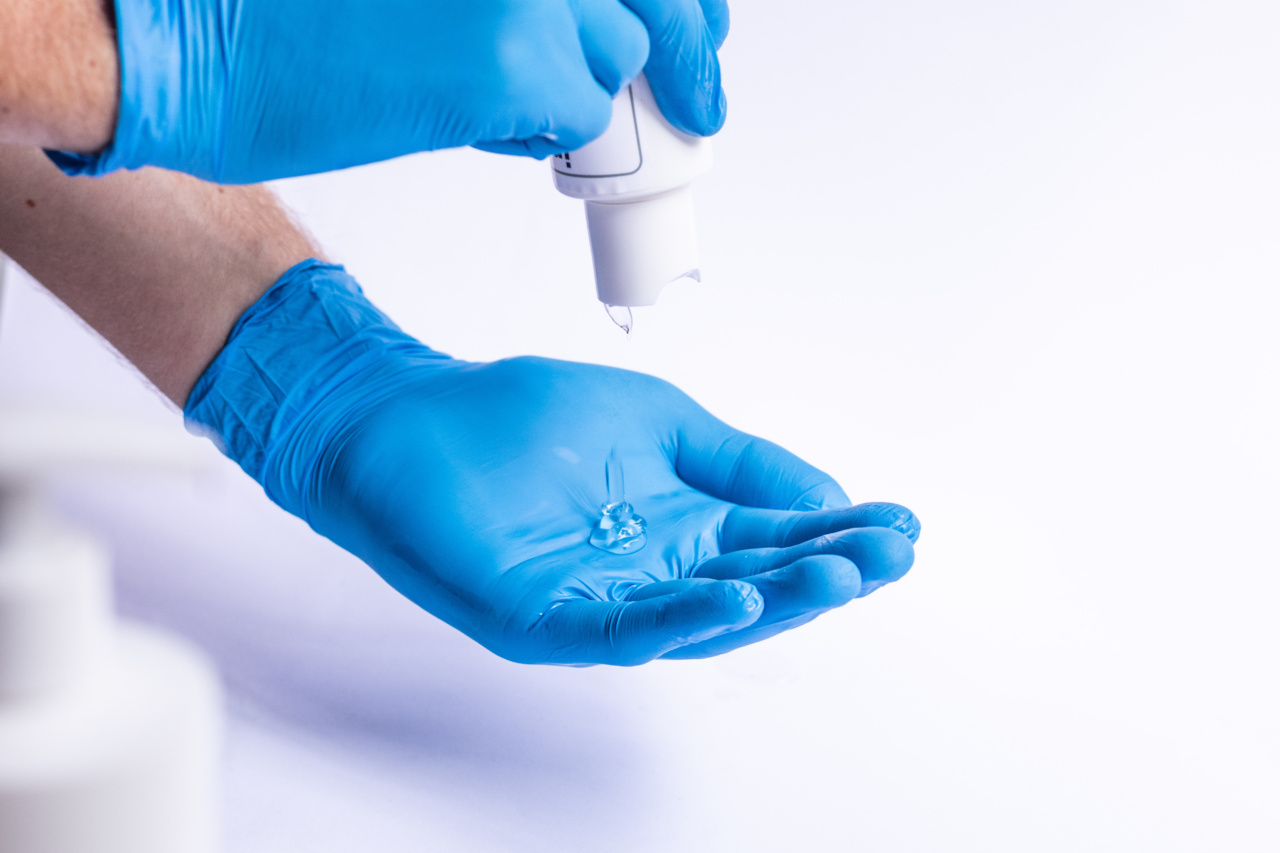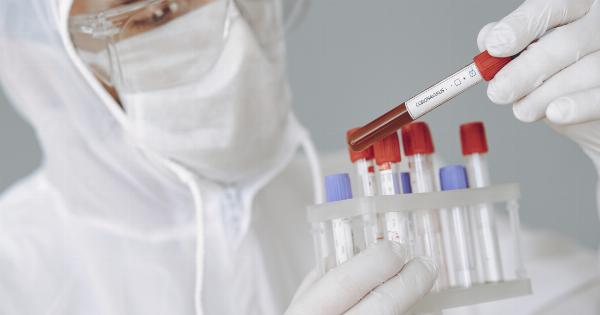Introduction:.
Hospitals are supposed to be a place of healing and recovery. However, lurking within their sterile walls, another battle is being fought – a battle against supernatural germs.
These invisible entities possess unimaginable powers and pose unique challenges to the healthcare industry. In this article, we will explore the temptations of infection that arise from encountering supernatural germs in the hospital.
The Origins of Supernatural Germs
1. The Accursed Origins:.
Supernatural germs are not your typical pathogens. They come from ancient curses, dark rituals, or sinister experiments gone wrong.
Whether it’s an ancient mummy brought back to life or a vile experiment conducted in a secret underground lab, supernatural germs have origins that defy conventional science.
2. The Power and Physiology of Supernatural Germs:.
Supernatural germs possess unique attributes that challenge our understanding of the microbial world. Some germs can alter their shape, rendering them highly resistant against conventional antibiotics.
Others can manipulate the mind or possess living hosts to ensure their survival. Understanding the powers and physiology of these germs is crucial in combating them.
The Temptations of Infection
1. The Seduction of Immortality:.
Supernatural germs have the ability to grant immortality to those they infect. This enticing temptation leads many to seek out these germs willingly, unaware of the horrific consequences that come with eternal life.
The hospital becomes a breeding ground for those desperate to avoid death, further spreading these supernatural infections.
2. The Allure of Power:.
Some supernatural germs grant extraordinary powers to their hosts. From superhuman strength to mind control, these abilities can be seductive, luring individuals into willingly becoming infected.
In a hospital environment, where vulnerable patients and healthcare professionals are abundant, the temptation to acquire these powers can lead to the rapid spread of supernatural germs.
3. The Hierarchy of Supernatural Germs:.
Supernatural germs are not equal in power or virulence. They form a complex hierarchy, with higher-ranking germs exerting control over their lesser counterparts.
In the hospital, this hierarchy amplifies the challenge of combating the spread of infection, as eradicating a low-level supernatural germ may prove futile when a more powerful germ is lurking nearby, manipulating and evolving.
Fighting the Supernatural Invasion
1. Enhanced Protocols and Precautions:.
Traditional infection control measures are insufficient against supernatural germs. Hospitals must adopt enhanced protocols and precautions considering the unique attributes of these pathogens.
Implementing stronger isolation procedures, incorporating protective wards, and conducting rigorous screenings become essential when combating supernatural infections.
2. Collaboration with Paranormal Experts:.
To effectively combat supernatural germs, hospitals must collaborate with paranormal experts who have specialized knowledge in dealing with supernatural entities.
These experts can offer insights, techniques, and protective measures specific to countering the temptations of infection associated with supernatural germs.
3. Development of Specialized Medications:.
Conventional antibiotics are ineffective against supernatural germs. Therefore, research institutions and pharmaceutical companies must focus their efforts on developing specialized medications that can combat these extraordinary pathogens.
Investing in the research and development of novel antiviral and antimicrobial treatments becomes crucial in protecting against the temptation of infection in hospitals.
Conclusion
In the battle against infection, hospitals face an unexpected adversary in the form of supernatural germs. With their origins, powers, and temptations, these invisible entities challenge conventional infection control measures.
To protect patients and healthcare professionals, hospitals must adapt, collaborate, and invest in the fight against supernatural germs. Only by understanding and countering the temptations of infection can hospitals maintain their role as places of healing and recovery.





























